Home>Storage & Organization>Office & Desk Organizers>How To Organize Desk Without Drawers


Office & Desk Organizers
How To Organize Desk Without Drawers
Modified: October 28, 2024
Learn how to organize your desk without drawers using office and desk organizers. Create a clutter-free workspace with these simple organization tips.
(Many of the links in this article redirect to a specific reviewed product. Your purchase of these products through affiliate links helps to generate commission for Storables.com, at no extra cost. Learn more)
Introduction
Are you tired of the clutter on your desk but don't have any drawers to help you organize? Fret not! There are plenty of creative and effective ways to organize a desk without drawers. From utilizing wall space to incorporating desk trays, there are numerous solutions to keep your workspace tidy and efficient. In this article, we'll explore various methods and tips to help you declutter and organize your desk without the need for drawers. Let's dive in and transform your desk into a well-organized and functional space!
Key Takeaways:
- Maximize wall space with shelves and pegboards to keep your desk clutter-free and visually appealing. Utilize floating wall pockets for organized storage.
- Use desk organizers, shelves, and hanging organizers to create a well-organized workspace without drawers. Implement rolling carts for versatile storage solutions.
Utilizing Wall Space
When you're working with a desk that lacks drawers, making the most of the wall space can be a game-changer in keeping your desk organized. Here are some effective ways to utilize the wall space:
-
Wall-Mounted Shelves: Install sturdy wall-mounted shelves above or beside your desk. These shelves can hold a variety of items such as books, files, stationery, and small office supplies, keeping them off your desk and within easy reach.
-
Pegboards: Consider installing a pegboard on the wall behind your desk. Pegboards are incredibly versatile and allow you to hang and organize a wide range of items using hooks, baskets, and other accessories. This not only clears up desk space but also adds a touch of visual interest to your workspace.
-
Floating Wall Pockets: Opt for floating wall pockets or organizers that can be attached to the wall. These pockets are perfect for storing papers, mail, notebooks, and other flat items, keeping them off your desk and neatly organized.
By utilizing the wall space effectively, you can free up valuable desk space and create a more organized and visually appealing work area.
Using Desk Organizers
Desk organizers are essential tools for maintaining a clutter-free workspace, especially when you don't have drawers. Here are some effective ways to make the most of desk organizers:
-
Desktop Caddies: Invest in a desktop caddy with compartments and slots to store pens, pencils, scissors, and other small office supplies. This not only keeps your essentials within reach but also prevents them from cluttering your desk.
-
Drawer Inserts: While you may not have drawers in your desk, you can still utilize drawer inserts on the surface of your desk. These inserts come in various configurations and are perfect for organizing items such as paper clips, sticky notes, and USB drives.
-
Desk Drawer Organizers: If your desk has a modesty panel or a shallow built-in drawer, consider using desk drawer organizers that can be attached to the underside of the desk. These organizers are ideal for storing small items and keeping them out of sight.
-
Stackable Trays: Stackable trays or letter trays are excellent for organizing papers, documents, and folders on your desk. They allow you to categorize and prioritize your paperwork, making it easier to locate important documents when needed.
By incorporating desk organizers into your workspace, you can effectively manage your supplies and paperwork, creating a more efficient and visually appealing desk setup.
Implementing Shelves and Cubbies
When it comes to organizing a desk without drawers, shelves and cubbies can be a game-changer in maximizing storage and keeping your workspace tidy. Here's how you can effectively implement shelves and cubbies:
-
Floating Shelves: Install floating shelves above your desk to create additional storage space. These shelves not only provide a convenient spot to store books, decorative items, and office supplies but also add a touch of style to your workspace.
-
Cubby Organizers: Consider incorporating cubby organizers on or near your desk. These versatile storage units come in various sizes and configurations, providing compartments to store and display items such as binders, boxes, and decorative accents. Cubby organizers are particularly useful for keeping frequently used items within easy reach while maintaining a clutter-free desk surface.
-
Wall-Mounted Cubbies: Opt for wall-mounted cubbies that can be installed above your desk or on an adjacent wall. These cubbies offer segmented storage spaces for organizing and displaying a variety of items, from stationery and craft supplies to small electronic devices and chargers.
By implementing shelves and cubbies, you can effectively create additional storage and display areas, allowing you to keep your desk free of clutter while showcasing your favorite items in an organized manner.
Use desk organizers such as trays, bins, and caddies to keep items like pens, paper clips, and sticky notes in place. Utilize vertical space with shelves or hanging organizers for books and folders. Keep only essential items on the desk to reduce clutter.
Utilizing Desk Trays
Desk trays are incredibly versatile and can play a pivotal role in keeping your desk organized, even without drawers. Here are some effective ways to make the most of desk trays:
-
Stackable Letter Trays: Invest in stackable letter trays to manage incoming and outgoing paperwork. These trays allow you to separate and prioritize documents, such as invoices, letters, and reports, making it easier to access and process them as needed.
-
In-Tray and Out-Tray System: Implement an in-tray and out-tray system to streamline your workflow. Use the in-tray for incoming documents and tasks that require your attention, and the out-tray for completed items or documents that need to be filed or further processed. This system helps you stay organized and ensures that important tasks don't get overlooked.
-
Tiered Desk Trays: Consider using tiered desk trays to categorize and store various office supplies and stationery. With multiple tiers, you can separate items such as notepads, sticky notes, envelopes, and other essentials, keeping them easily accessible without cluttering your desk surface.
-
Drawer-Style Desk Trays: Opt for drawer-style desk trays that can be placed directly on your desk. These trays feature multiple compartments and are perfect for organizing small items such as paper clips, rubber bands, and sticky tabs. They provide a designated spot for these items, preventing them from scattering across your desk.
By utilizing desk trays effectively, you can create designated spaces for different categories of items, streamline your workflow, and maintain a neat and organized desk environment.
Read more: How To Organize Cords On Desk
Incorporating Hanging Organizers
Hanging organizers are an excellent solution for maximizing vertical space and keeping your desk free of clutter. Here's how you can effectively incorporate hanging organizers into your workspace:
-
Wall-Mounted File Pockets: Install wall-mounted file pockets or organizers near your desk to store documents, folders, and notebooks. These pockets keep important papers within easy reach while preventing them from piling up on your desk.
-
Hanging Fabric Storage: Consider using hanging fabric storage with multiple pockets to hold a variety of items such as pens, markers, notepads, and other office supplies. These organizers can be hung on the wall or the side of your desk, providing convenient storage without taking up valuable desk space.
-
Over-the-Door Organizers: If your desk is located near a door, over-the-door organizers can be a practical storage solution. These organizers feature pockets or compartments that can hold items such as files, magazines, and small office accessories, keeping them off your desk and neatly organized.
-
Hanging Wire Baskets: Opt for hanging wire baskets that can be attached to the wall or the side of your desk. These baskets are ideal for storing larger items such as notebooks, planners, and electronic devices, allowing you to free up desk space while keeping essential items easily accessible.
By incorporating hanging organizers, you can take advantage of vertical storage space, keep your desk surface clear, and create a more organized and efficient workspace.
Implementing Rolling Carts
Rolling carts are versatile and practical storage solutions that can significantly enhance the organization of a desk without drawers. Here's how you can effectively implement rolling carts in your workspace:
-
Mobile Storage Cart: Invest in a mobile storage cart with multiple tiers or drawers. These carts can be easily moved around, allowing you to access your supplies from different locations within your workspace. Use the cart to store items such as files, office supplies, and electronic devices, keeping them organized and within reach.
-
Under-Desk Cart: Consider utilizing an under-desk rolling cart to maximize the space beneath your desk. These carts are perfect for storing items that you need frequent access to, such as reference materials, extra stationery, or personal belongings. By utilizing the space under your desk, you can keep the surface clear and create a more streamlined work environment.
-
Portable Filing Cart: Opt for a portable filing cart with hanging file folders to manage your documents and paperwork. These carts provide a designated spot for organizing and storing important files, allowing you to keep your desk free of paper clutter. Additionally, the mobility of the cart makes it easy to move your files to different locations as needed.
-
Utility Cart with Shelves: Choose a utility cart with shelves to store a variety of items, from office supplies to books and reference materials. These carts offer ample storage space and can be used to create a dedicated organization station within your workspace. With the ability to move the cart, you can adapt your storage setup based on your workflow and accessibility needs.
By implementing rolling carts effectively, you can create additional storage options, keep your desk clutter-free, and enhance the functionality of your workspace.
Conclusion
In conclusion, organizing a desk without drawers is entirely achievable with the right strategies and tools. By making the most of wall space, utilizing desk organizers, implementing shelves and cubbies, utilizing desk trays, incorporating hanging organizers, and implementing rolling carts, you can transform your desk into a well-organized and efficient workspace. Whether you're dealing with limited desk space or simply prefer a minimalist desk design, these methods offer practical and creative solutions to keep your desk clutter-free and your essential items easily accessible. With a combination of these techniques, you can create a personalized and functional workspace that enhances productivity and promotes a sense of orderliness. Embracing these organizational methods will not only declutter your desk but also contribute to a more enjoyable and productive work environment.
Frequently Asked Questions about How To Organize Desk Without Drawers
Was this page helpful?
At Storables.com, we guarantee accurate and reliable information. Our content, validated by Expert Board Contributors, is crafted following stringent Editorial Policies. We're committed to providing you with well-researched, expert-backed insights for all your informational needs.
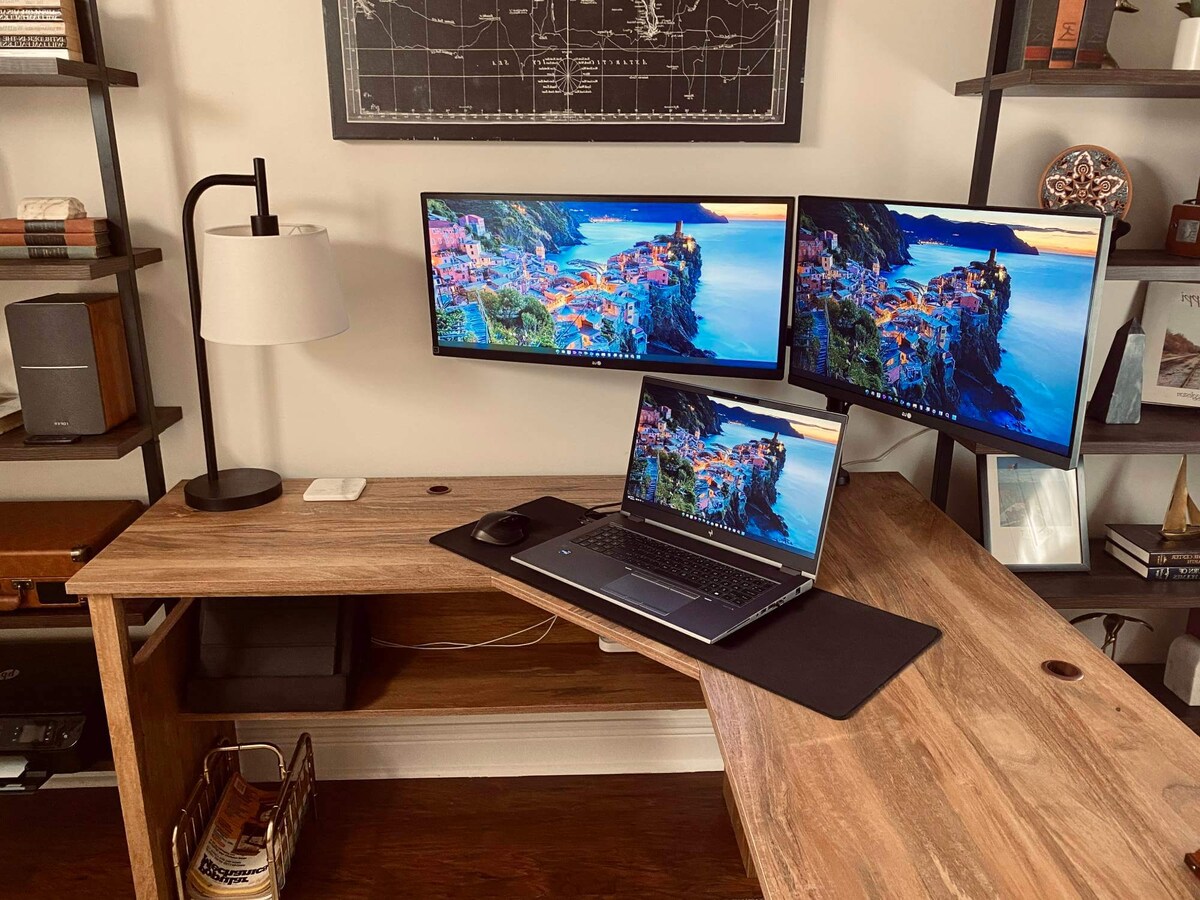
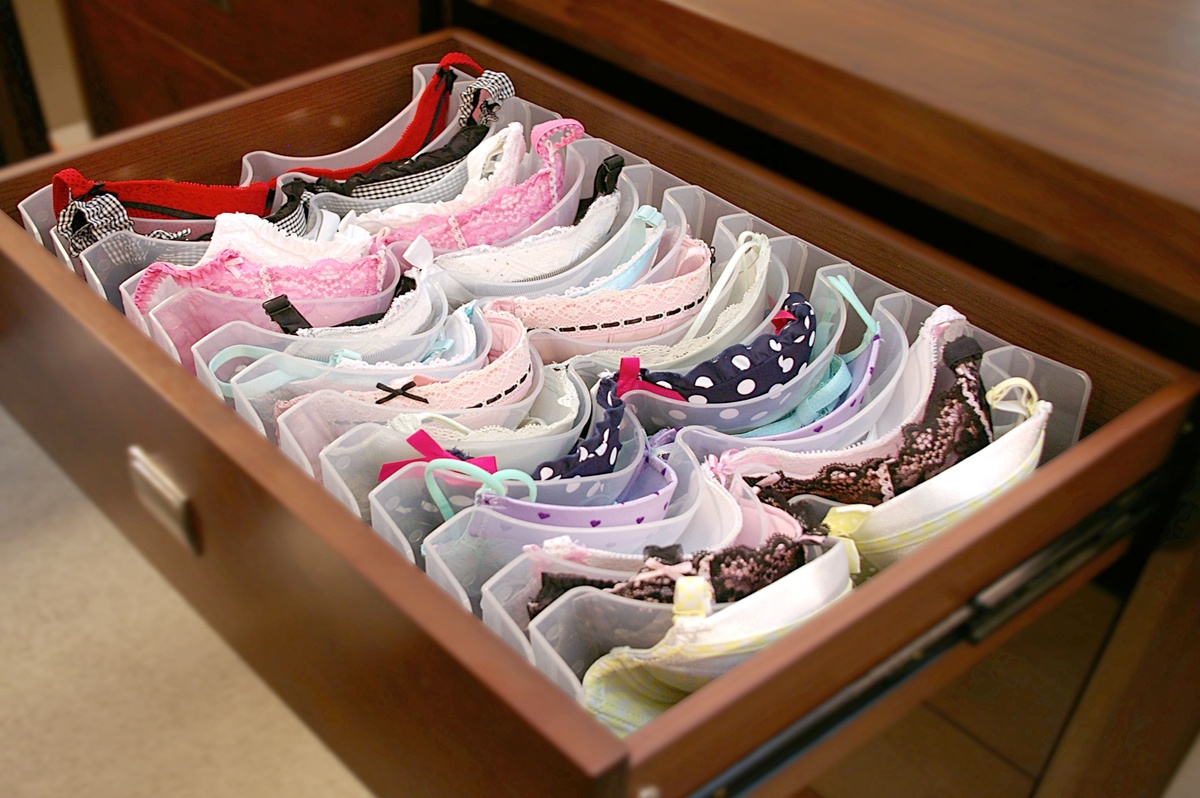
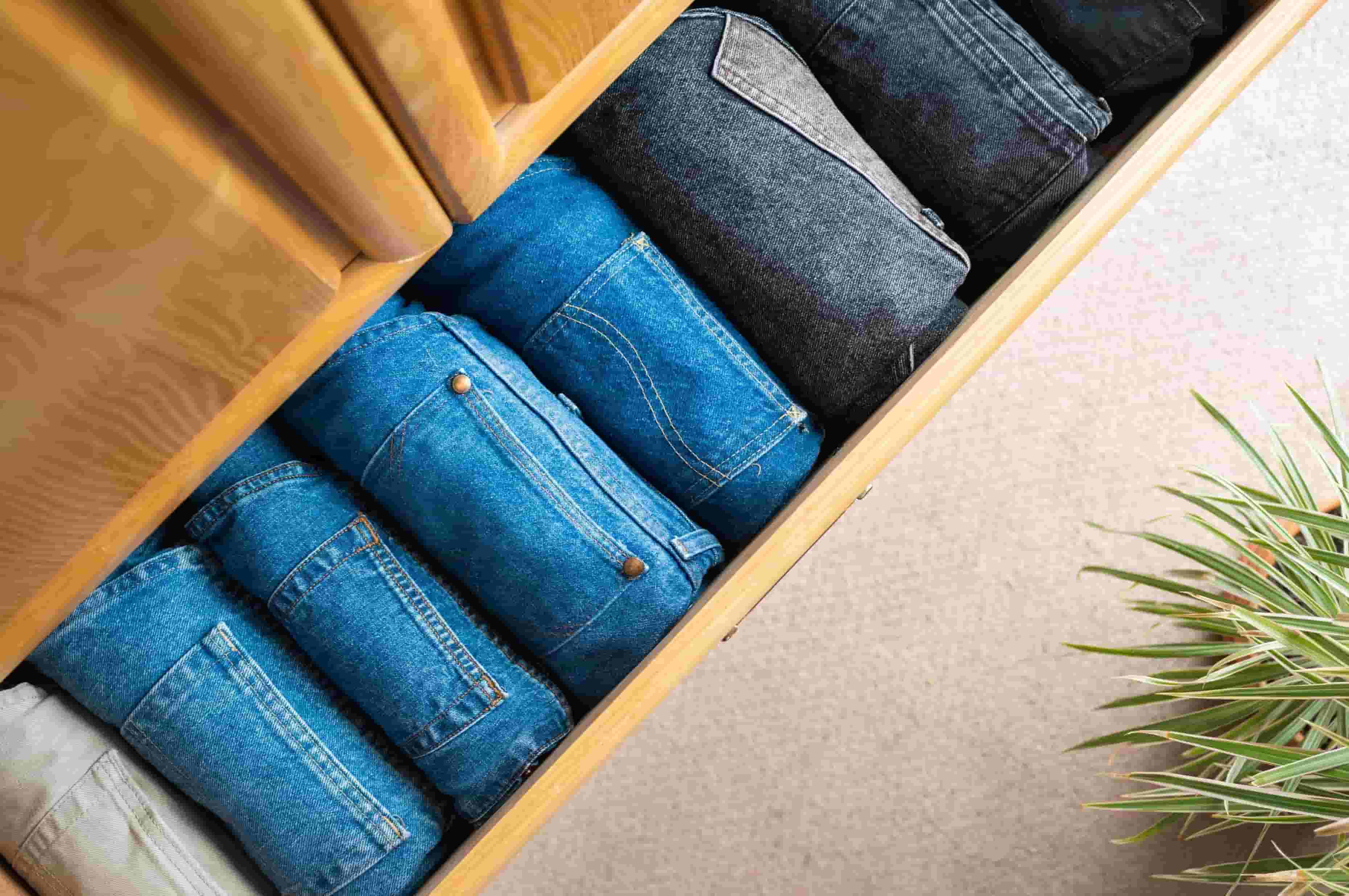
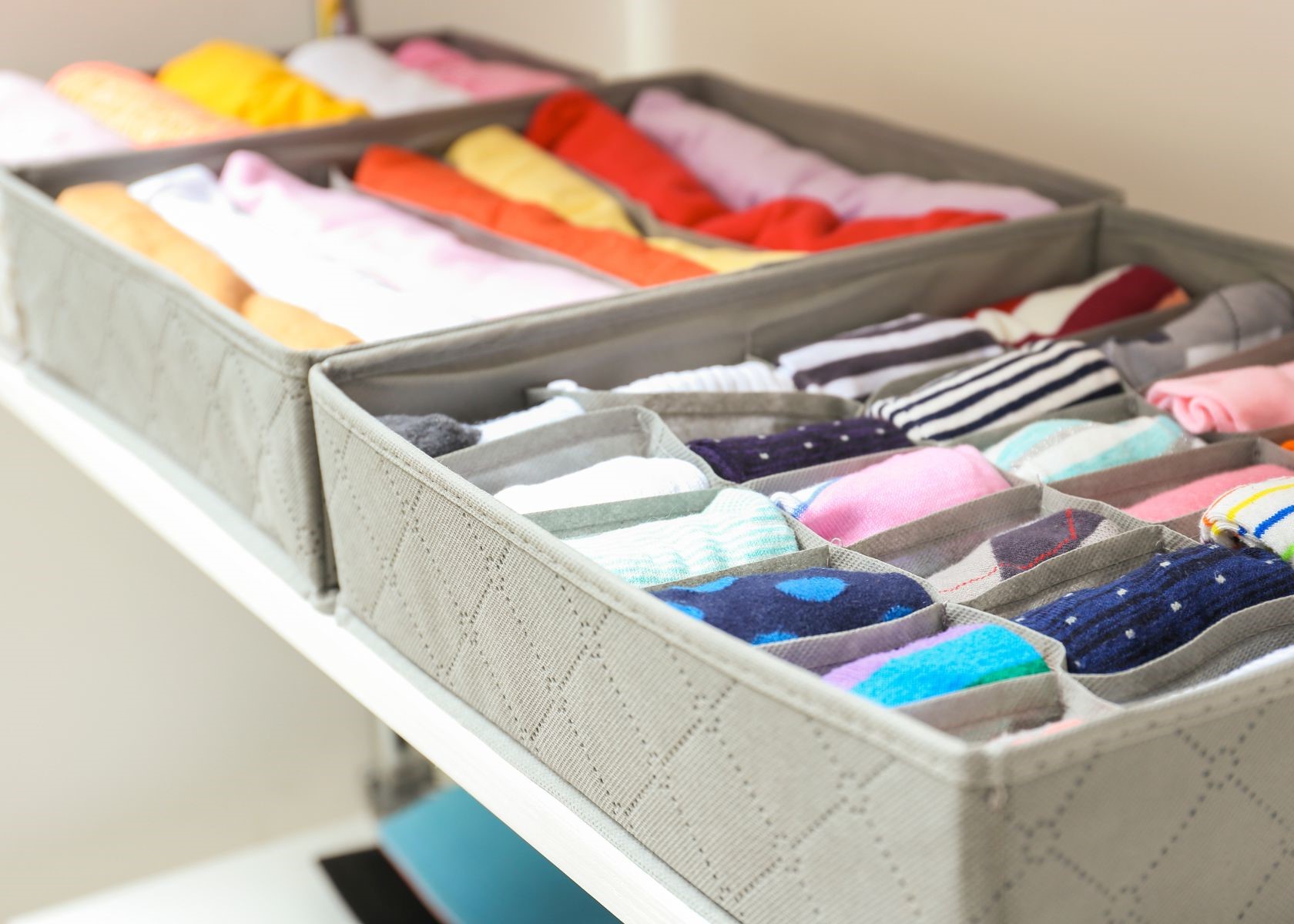
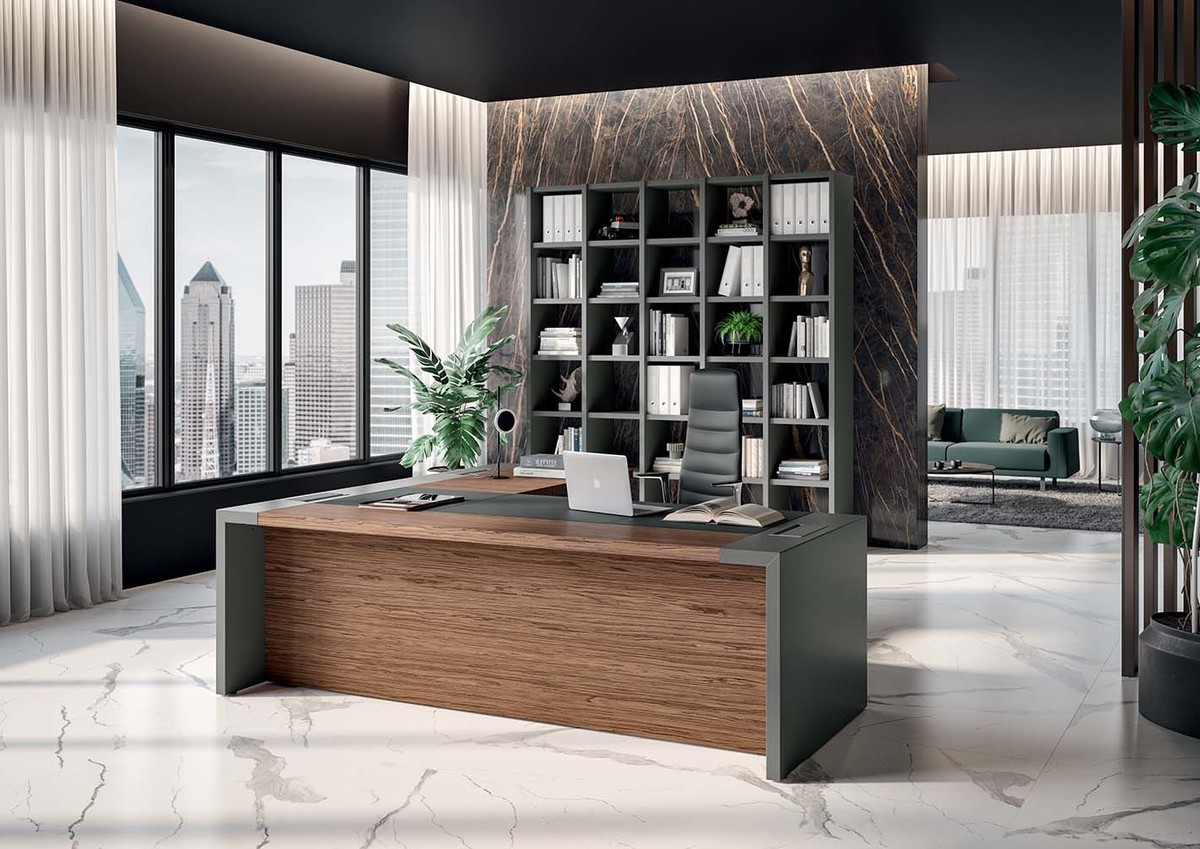

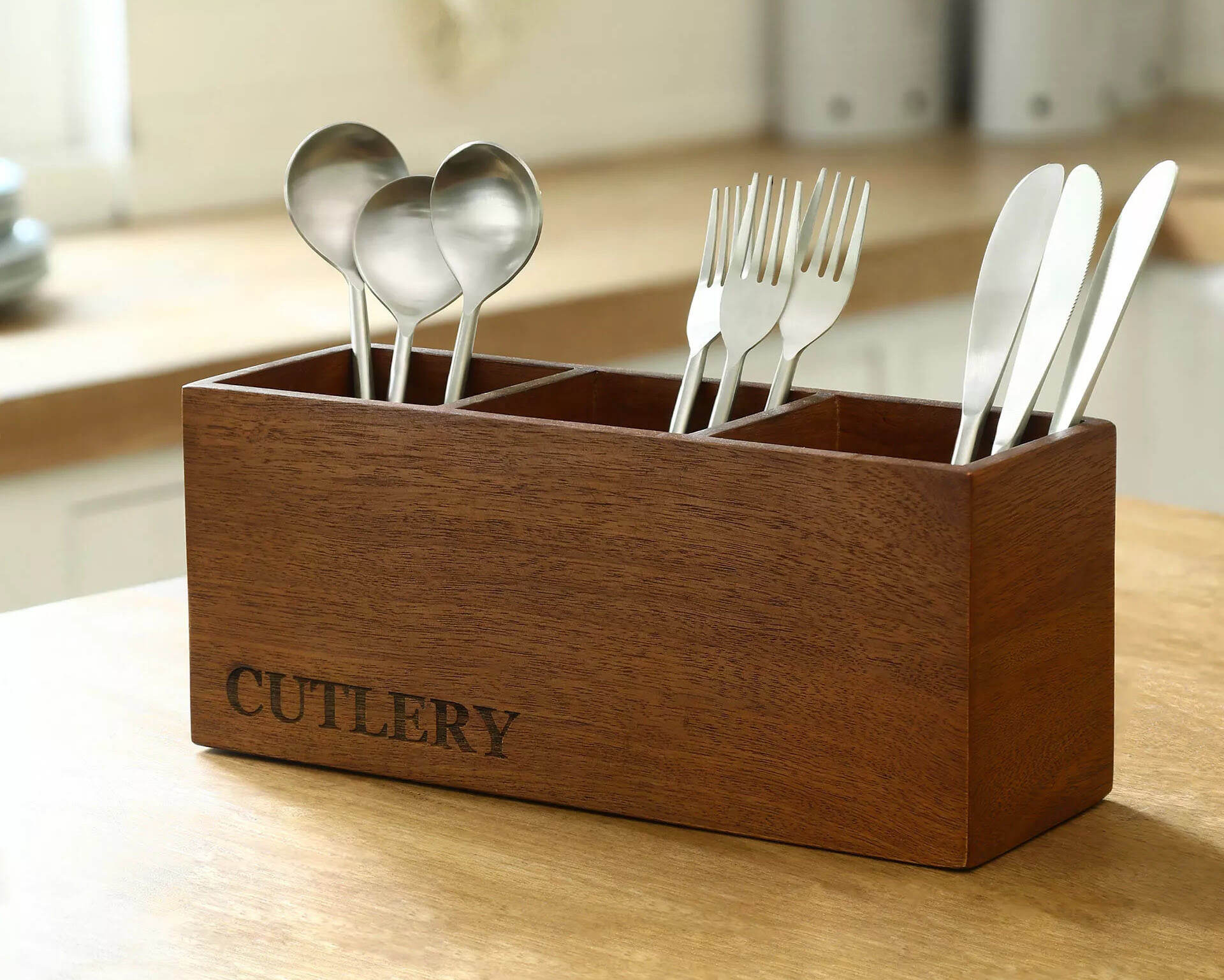
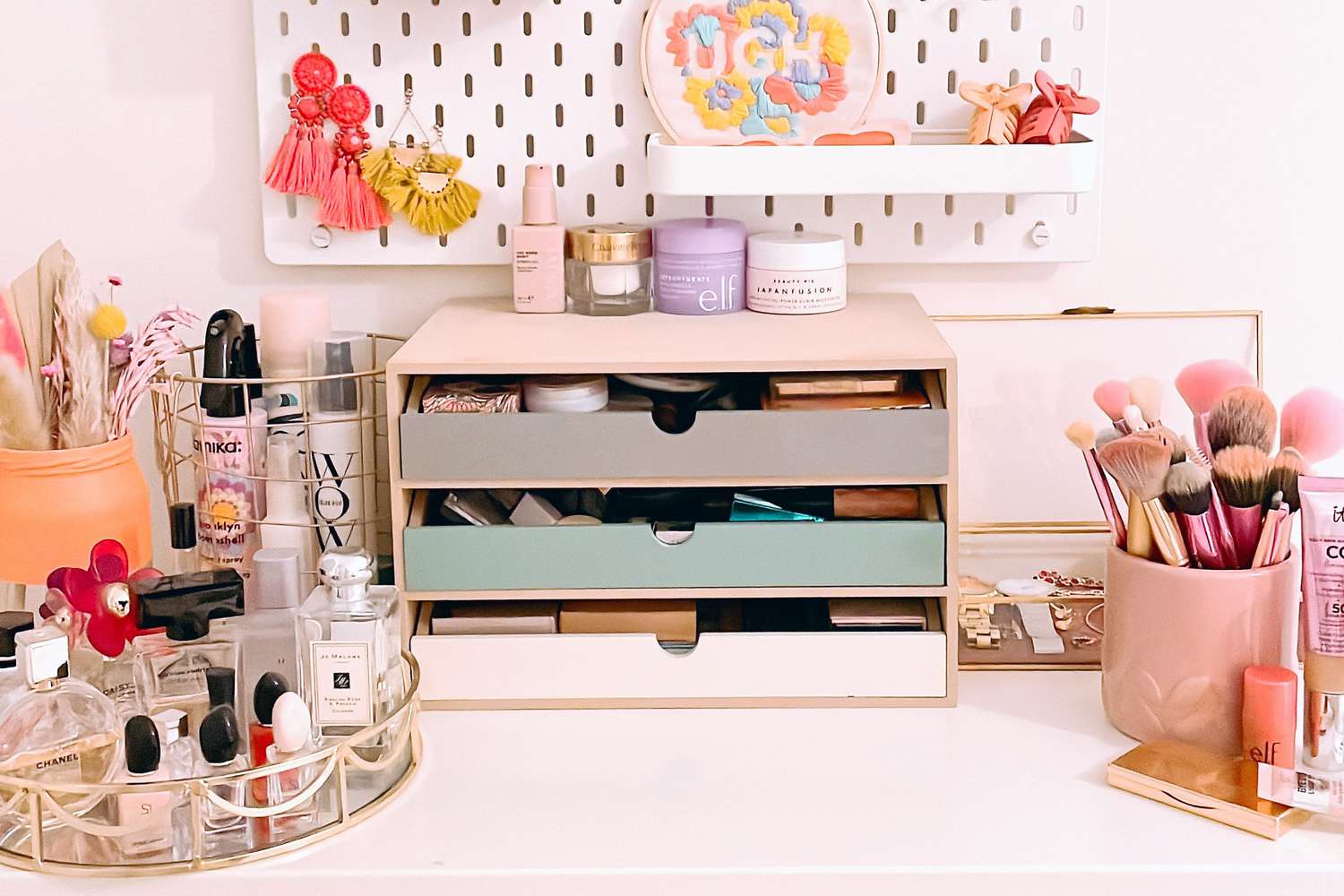
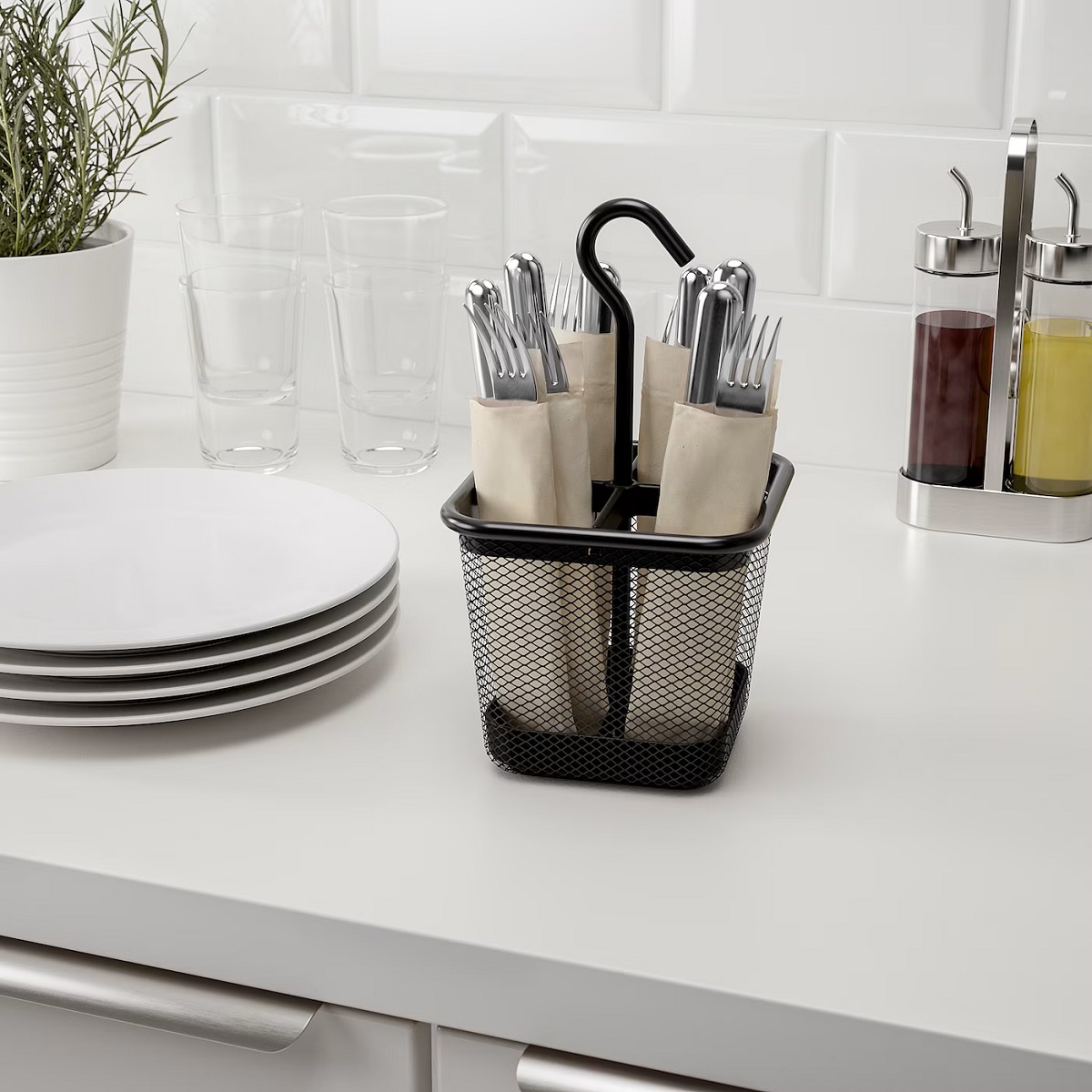
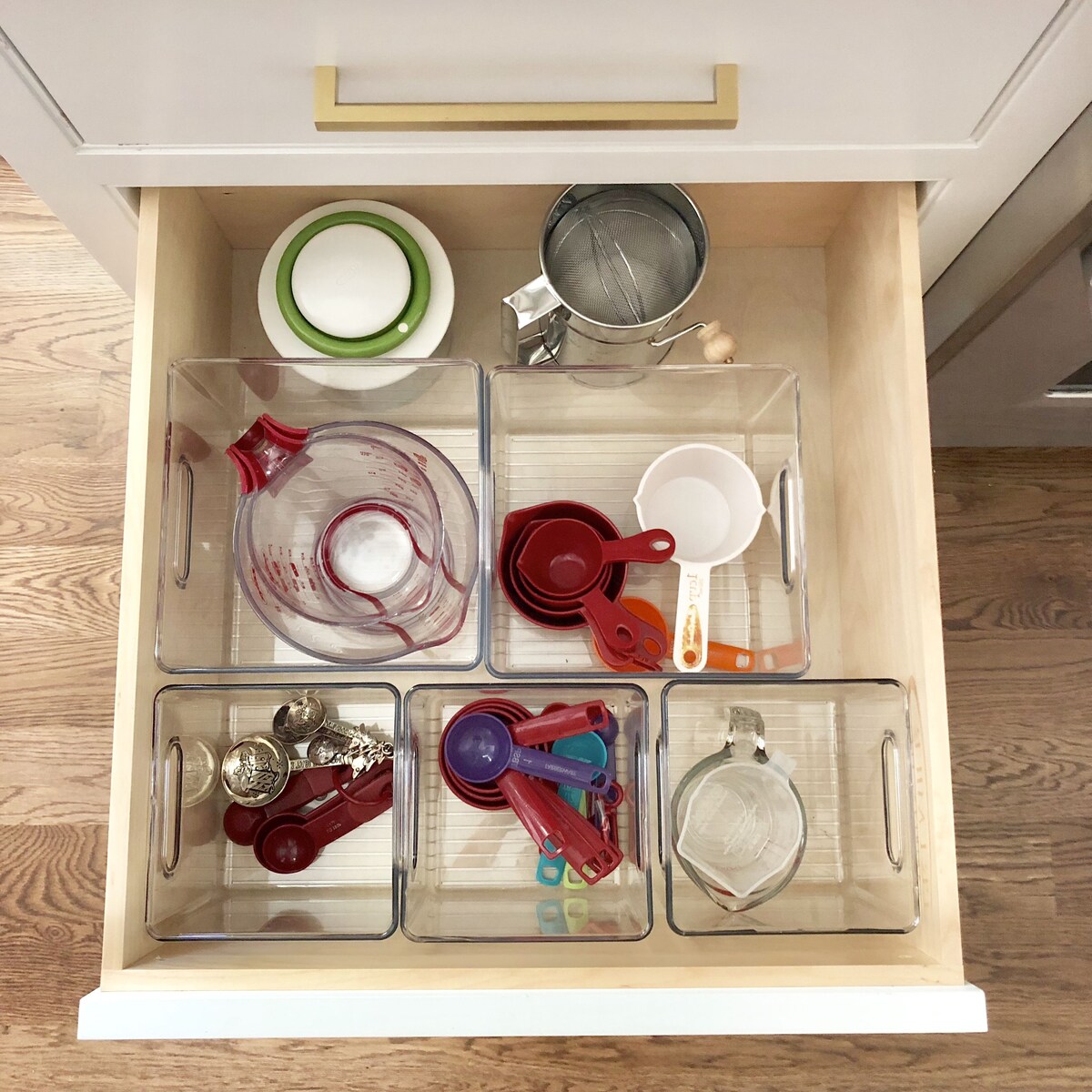
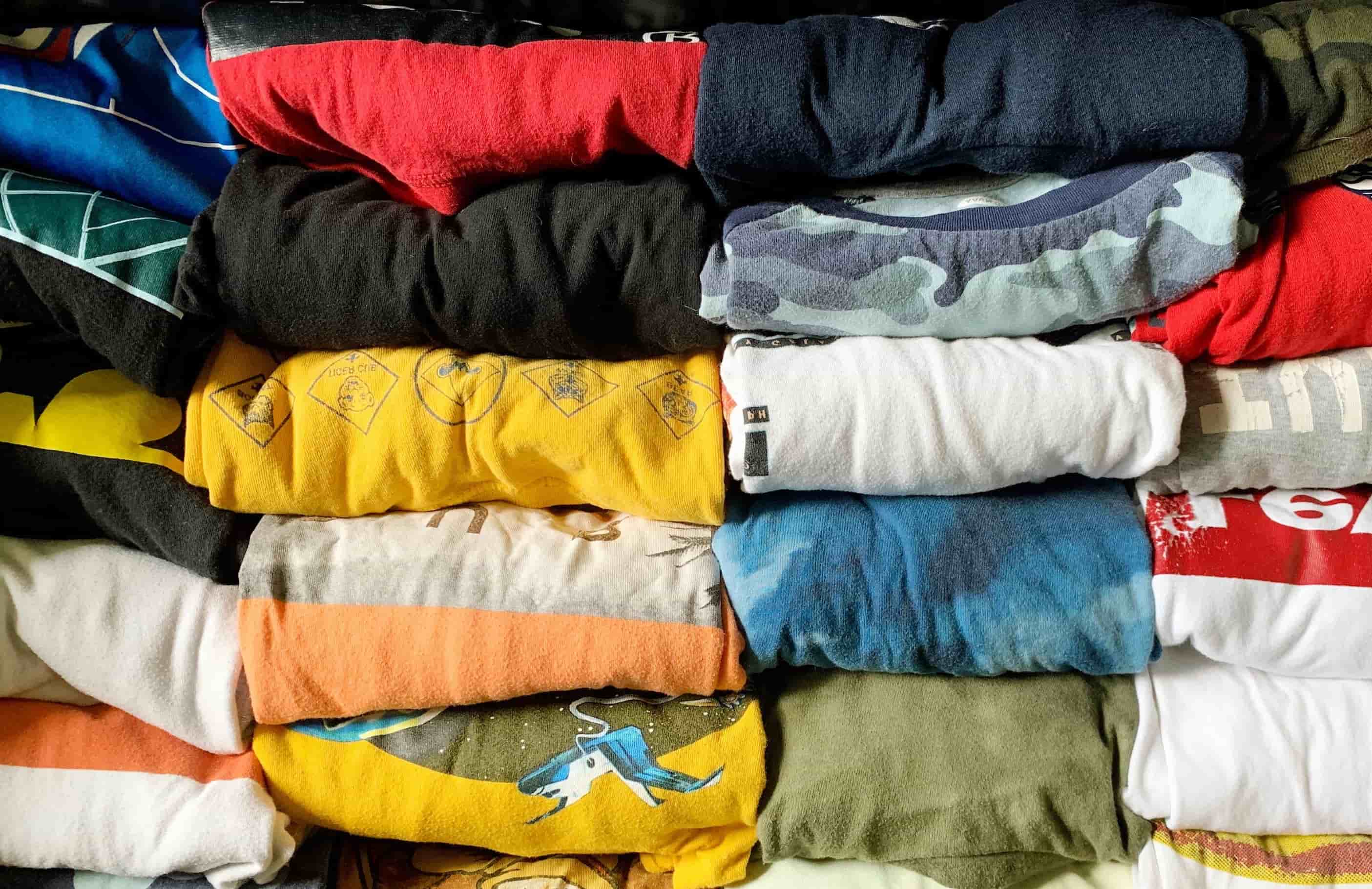
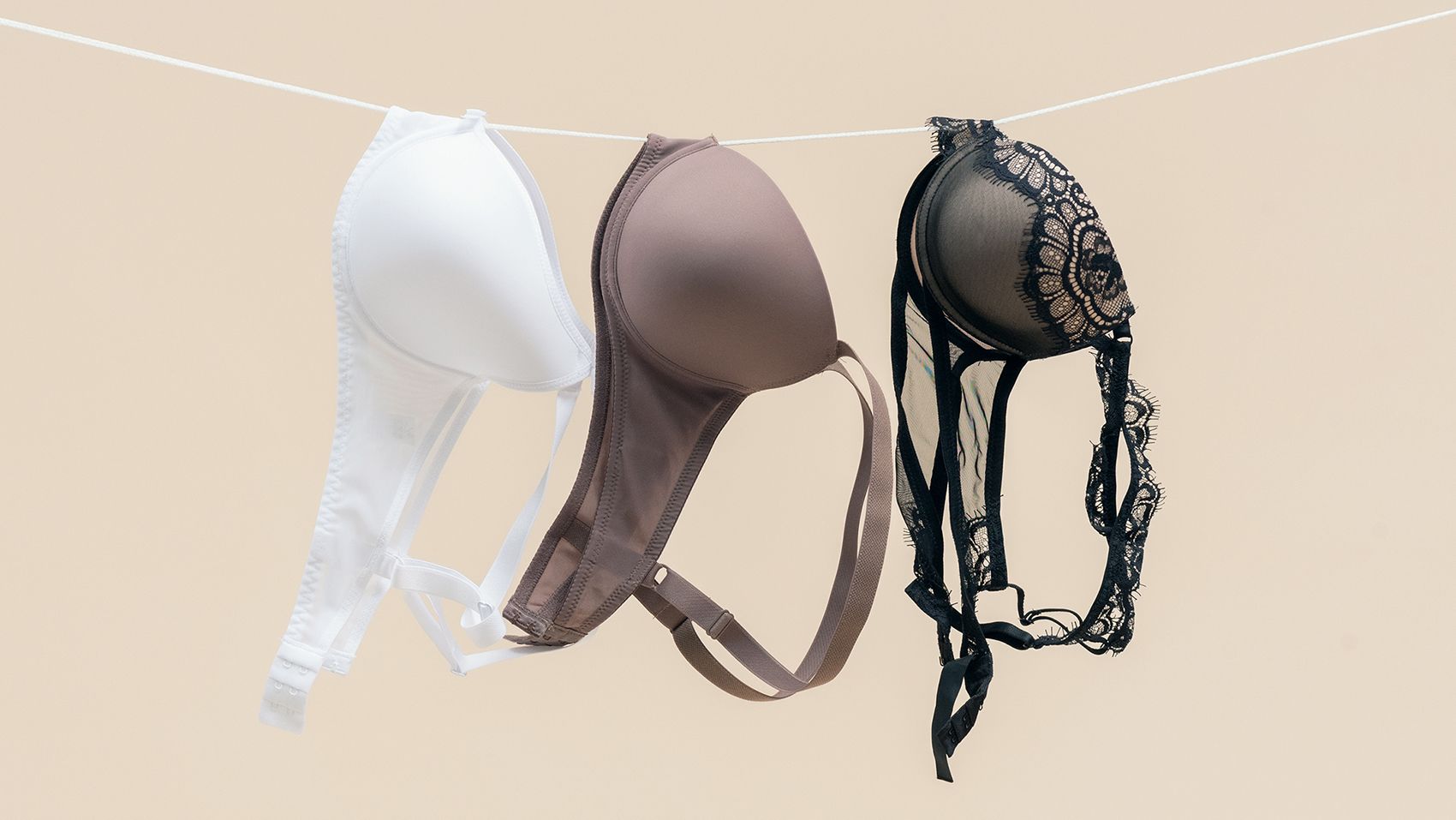
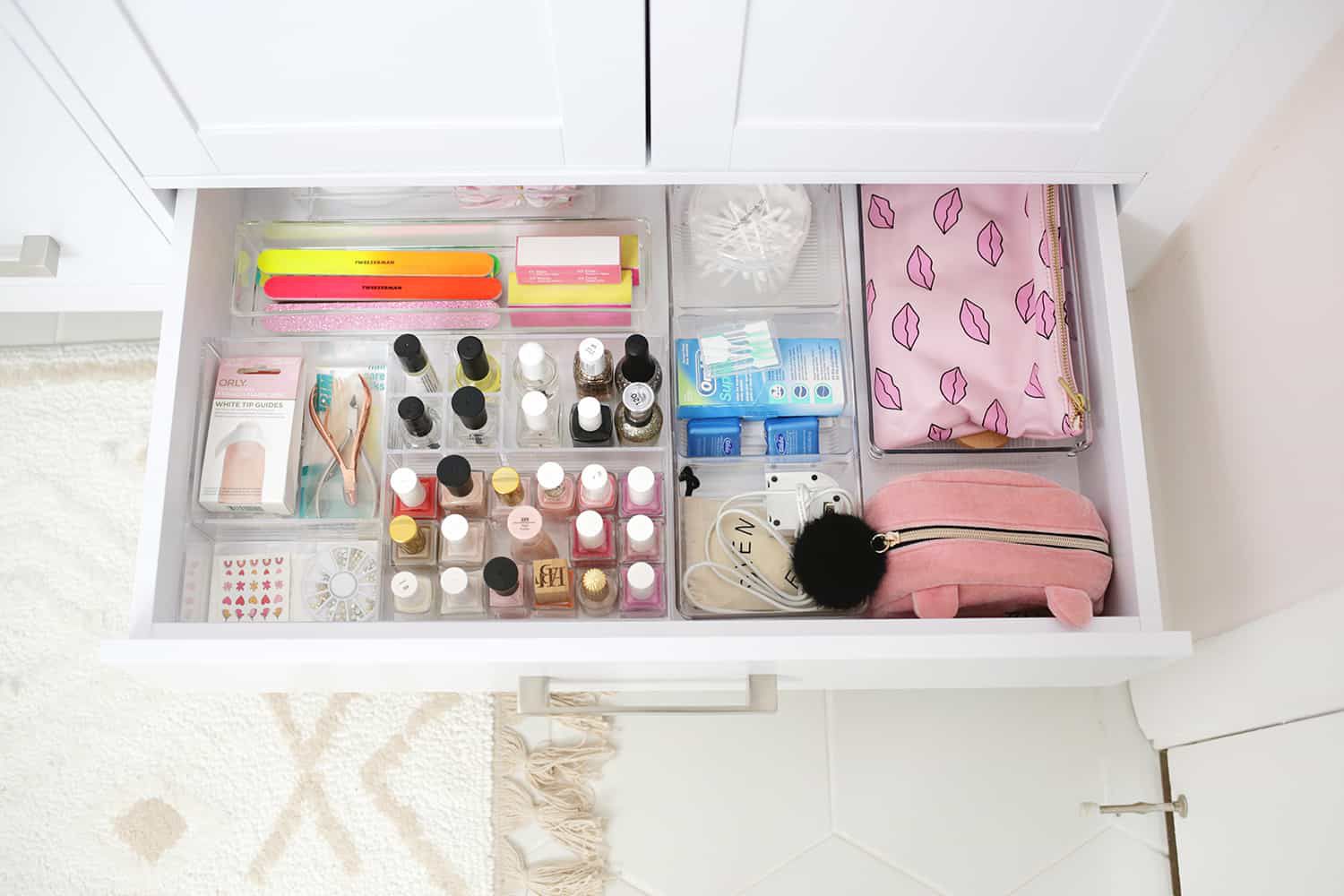


0 thoughts on “How To Organize Desk Without Drawers”